Complete Guide to Choosing the Right Underlay for Your Flooring
Underlay is a layer of material that is placed between the subfloor and the actual flooring surface during installation. It serves as a crucial component in flooring installations, providing a range of benefits for both residential and commercial spaces.
Importance of underlay for flooring installations
 Installing flooring underlay is essential for several reasons. First and foremost, underlay acts as a cushioning layer, offering support and enhancing the overall comfort of the floor. It helps to absorb impact and reduce the strain on joints, making it easier to walk or stand for extended periods.
Installing flooring underlay is essential for several reasons. First and foremost, underlay acts as a cushioning layer, offering support and enhancing the overall comfort of the floor. It helps to absorb impact and reduce the strain on joints, making it easier to walk or stand for extended periods.
Another significant advantage of underlay is its ability to provide thermal insulation. By creating a barrier between the subfloor and the floor surface, underlay helps to prevent heat loss, thus contributing to a more energy-efficient environment. This is particularly beneficial in colder climates or areas where temperature regulation is crucial.
Underlay also plays a vital role in sound insulation. It helps to reduce the transmission of impact noise, such as footsteps or furniture movement, as well as airborne noise, such as voices or music. This is particularly important in multi-story buildings or rooms where noise reduction is desired, such as bedrooms, offices, or apartments.
Benefits of using underlay
The use of underlay brings numerous advantages to flooring installations. Some key benefits include:
- Improved comfort: Underlay provides a softer and more comfortable feel underfoot, making the flooring surface more enjoyable to walk on.
- Enhanced durability: By absorbing impact and reducing stress on the flooring material, underlay helps to prolong the lifespan of the floor, preventing premature wear and tear.
- Noise reduction: Underlay acts as a sound barrier, minimising both impact and airborne noise, creating a quieter and more peaceful environment.
- Thermal insulation: Underlay helps to retain heat, making the floor warmer and more comfortable, especially during colder months.
- Moisture protection: Certain types of underlay offer moisture resistance, acting as a barrier against dampness and protecting the flooring material from potential damage.
- Smooth subfloor preparation: Underlay can help to compensate for small irregularities in the subfloor, ensuring a smoother and more even surface for the flooring installation.
Recommended Flooring Underlay
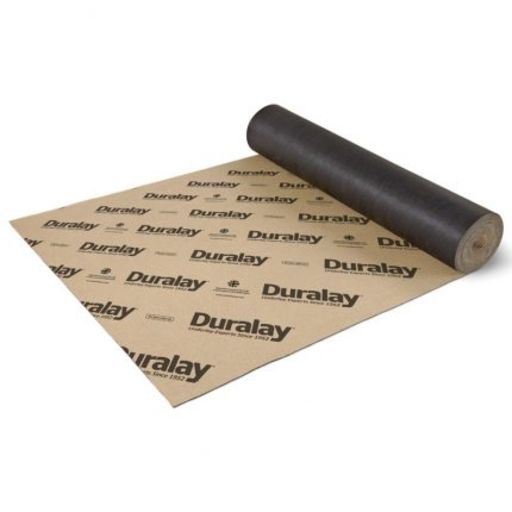
Duralay Tredaire Technics 5 Flooring Underlay, 5 mm, 15 sqm
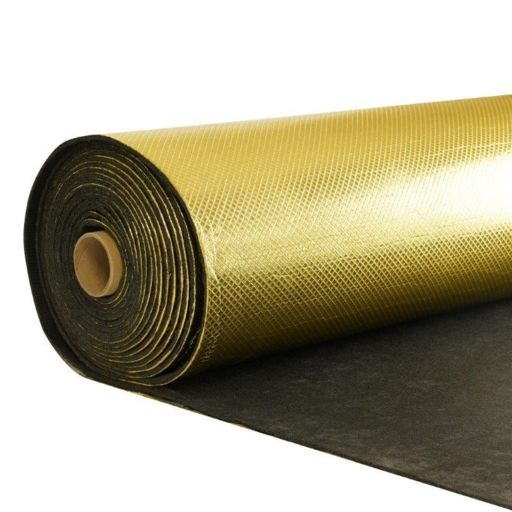
TimberTech Neo Acoustic Flooring Underlay, 5 mm, 8 sqm
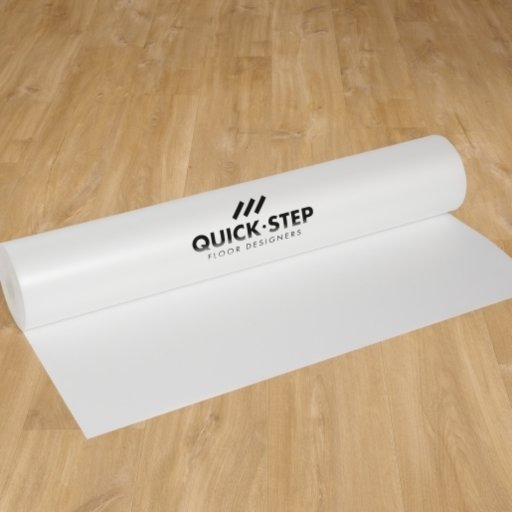
QuickStep Comfort Underlay for Livyn Flooring, 1.15 mm, 15 sqm
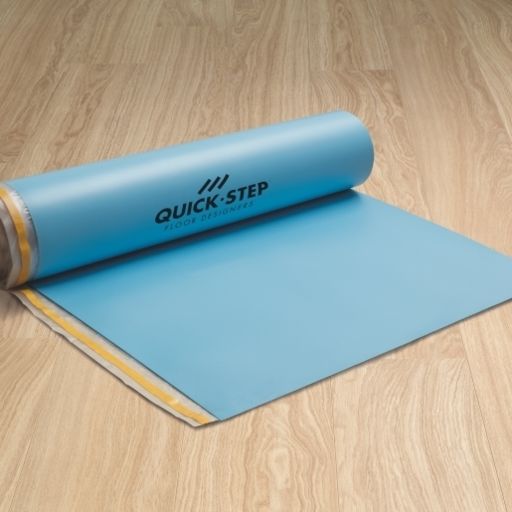
QuickStep Transitsound Underlay for Laminate Flooring, 2 mm, 15 sqm
Types of Flooring Underlay
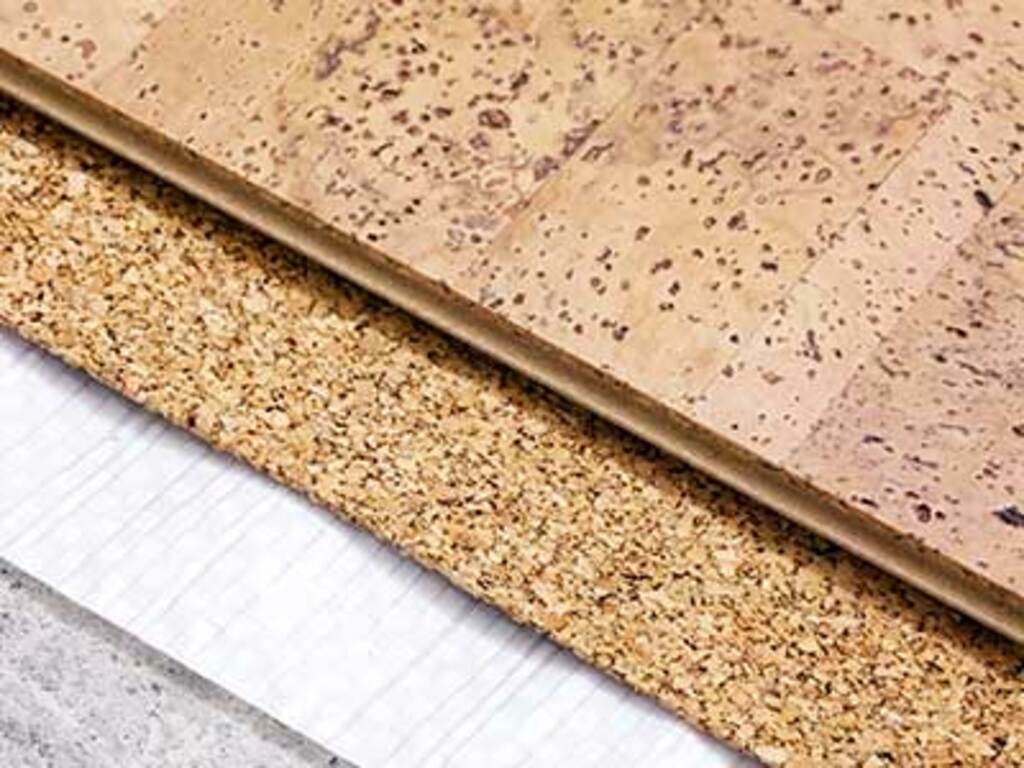 There are various types of underlay available, each designed to cater to specific flooring needs. Understanding the different types of underlay can help you make an informed decision based on your flooring type and requirements.
There are various types of underlay available, each designed to cater to specific flooring needs. Understanding the different types of underlay can help you make an informed decision based on your flooring type and requirements.
Foam underlay
Foam underlay is a popular choice for many flooring applications. It is typically made of polyurethane foam and offers excellent cushioning properties. Foam underlay provides a comfortable and soft feel underfoot, enhancing the overall walking experience. It also helps to absorb impact and reduce strain on the joints, making it ideal for areas with high foot traffic. Additionally, foam underlay can provide thermal insulation and sound reduction benefits.
Rubber underlay
Rubber underlay is known for its exceptional sound insulation properties. Made from recycled rubber or synthetic materials, it effectively reduces both impact and airborne noise transmission. Rubber underlay is particularly suitable for installations where noise reduction is a priority, such as multi-story buildings, apartments, or commercial spaces. It also offers excellent resistance to moisture, making it suitable for areas prone to dampness, such as basements or bathrooms.
Felt underlay
Felt underlay is made from compressed fibres, typically a blend of natural and synthetic materials. It offers superior thermal insulation properties, helping to retain heat and create a warm flooring surface. Felt underlay provides a level of cushioning and support while also helping to smooth out minor imperfections in the subfloor. It is commonly used under carpets and floating floor systems.
Cork underlay
Cork underlay is an eco-friendly option that offers a range of benefits. It is made from the bark of cork oak trees and is a sustainable choice for underlay material. Cork underlay provides natural thermal insulation, making it an energy-efficient option. It also offers excellent sound reduction properties, absorbing impact noise and reducing airborne sound transmission. Cork underlay is resilient, hypoallergenic, and resistant to mould and mildew.
Combination underlay
Combination underlay refers to underlay products that combine different materials to achieve a balance of properties. For example, a combination underlay may consist of foam and rubber layers, combining the cushioning properties of foam with the sound insulation qualities of rubber. These types of underlay offer a versatile solution that can cater to specific needs, such as comfort, soundproofing, or thermal insulation.
When choosing the underlay for your flooring, consider the specific requirements of your space, such as the flooring type, desired comfort level, sound insulation needs, and any moisture considerations. It's important to consult with flooring professionals or manufacturers to ensure you select the most suitable underlay for your specific flooring installation.
Considerations for Choosing Underlay
 Selecting the appropriate underlay for your flooring involves several important considerations. By taking these factors into account, you can ensure that you choose the right underlay that complements your flooring type and meets your specific needs. Here are key considerations to keep in mind:
Selecting the appropriate underlay for your flooring involves several important considerations. By taking these factors into account, you can ensure that you choose the right underlay that complements your flooring type and meets your specific needs. Here are key considerations to keep in mind:
Flooring type
Different flooring types have unique requirements when it comes to underlay. For example, carpet underlay may focus more on comfort and sound insulation, while laminate or hardwood underlay may prioritise moisture resistance and stability. Understand the specific needs of your flooring type and select underlay accordingly.
Subfloor condition
Assessing the condition of your subfloor is very important. Ensure it is clean, dry, and free of any irregularities. Depending on the subfloor's quality, you may need an underlay that helps to level or smoothen it. In cases where the subfloor is concrete, underlay with moisture-resistance properties may be necessary to prevent any potential damage to the flooring.
Moisture resistance
Consider the moisture levels in your space, especially for areas prone to dampness, such as basements or bathrooms. In such cases, underlay with moisture resistance features, like a built-in vapour barrier, can help protect your flooring from moisture-related issues, such as mould or warping.
Sound insulation requirements
If noise reduction is a priority, such as in multi-story buildings or rooms where soundproofing is desired, choose underlay specifically designed for sound insulation. Look for underlay with high sound reduction ratings (STC or IIC) to minimise both impact noise (footsteps, furniture movement) and airborne noise (voices, music) transmission.
Thermal insulation
Consider the need for thermal insulation in your space. If you desire a warmer flooring surface or want to improve energy efficiency, select an underlay that provides effective thermal insulation. This is particularly important for areas where cold floors can be uncomfortable, such as bedrooms or living rooms.
Underfloor heating compatibility
If you have underfloor heating systems installed, ensure that the underlay you choose is compatible with this type of heating. Some underlays have specific thermal properties that work well with underfloor heating, ensuring efficient heat distribution and preventing any damage to the heating system or flooring.
Ease of installation and compatibility
Consider the ease of installation of the underlay and its compatibility with the flooring products you are using. Some underlays may have specific installation requirements or be better suited for particular flooring types. Ensure that the underlay can be easily installed and is compatible with your chosen flooring material.
Underlay warranties and quality considerations
Check for warranties offered by underlay manufacturers. A warranty can provide assurance of the underlay's quality and performance. Additionally, consider the overall quality of the underlay, such as its durability, density, and ability to withstand regular use and foot traffic.
By considering these factors, you can select the most appropriate underlay for your flooring, ensuring optimal performance, comfort, and longevity. Consult with flooring professionals or manufacturers to get expert advice tailored to your specific flooring requirements.
Recommended Flooring Underlay
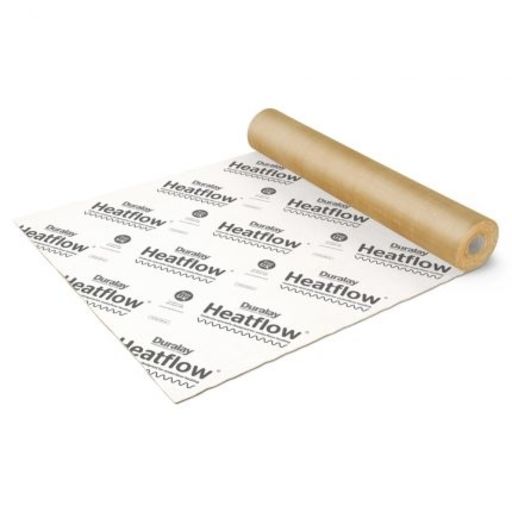
Duralay Heatflow Underlay For Wood Floors with Underfloor Heating
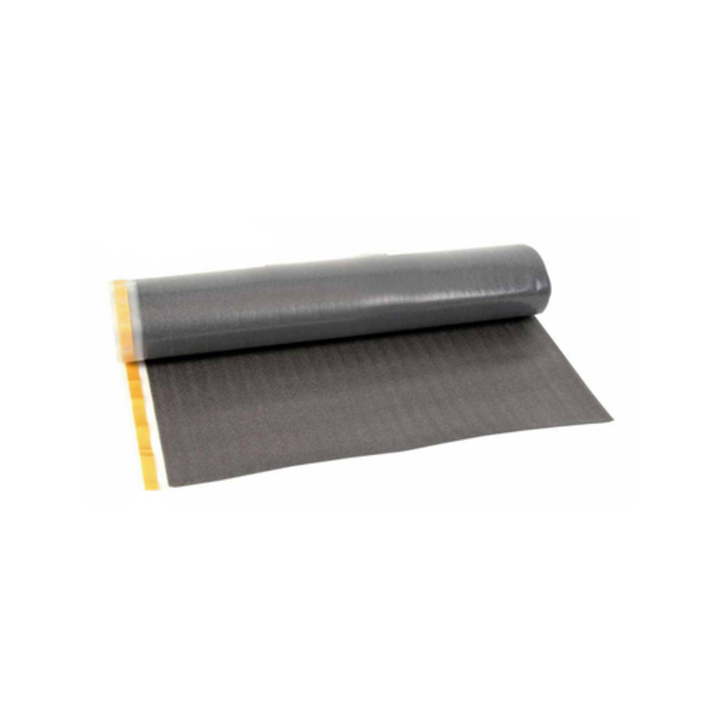
Pro-Tech Wood Flooring Underlay, 3 mm, 10 sqm
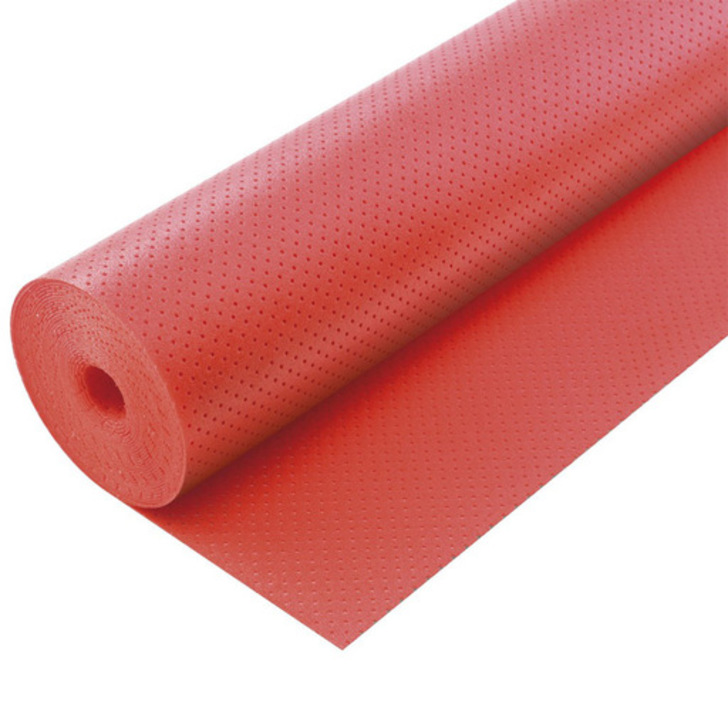
Quicktherm Flooring Underlay for Underfloor Heating, 1.8 mm, 10 sqm
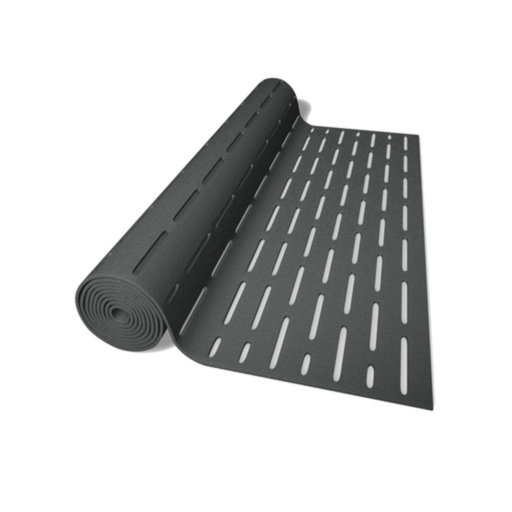
Sika Silent Layer Mat Underlay, 12.50 sqm, 12.50 m
Underlay Thickness and Density
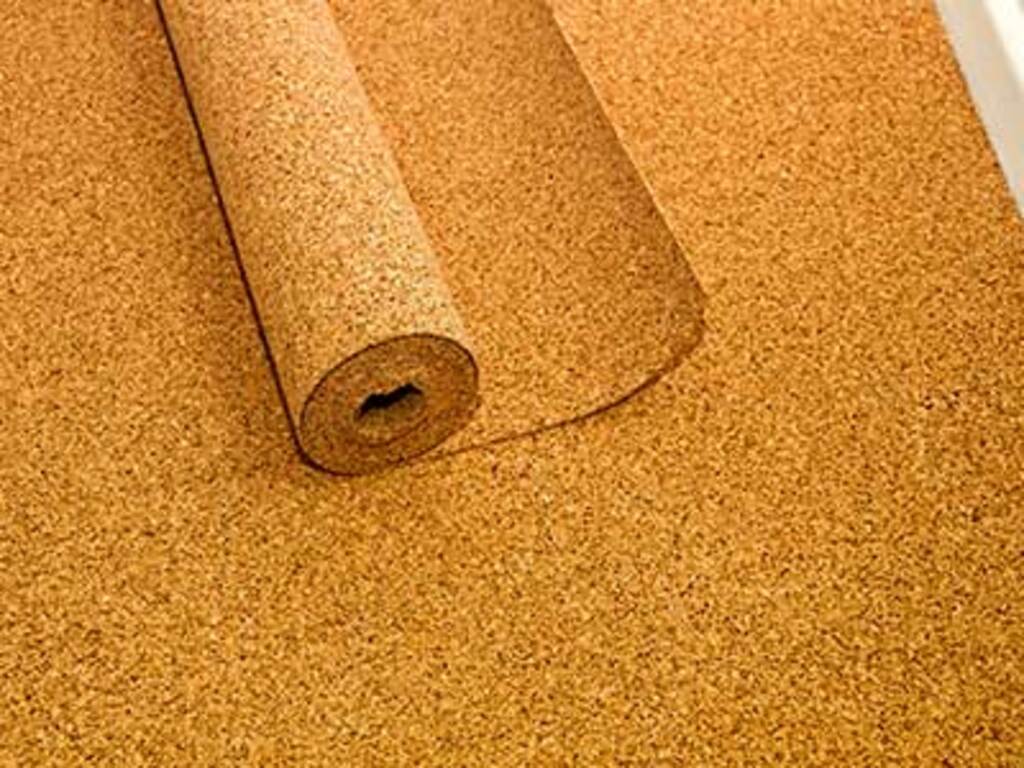 The thickness and density of underlay are important factors to consider when choosing the right underlay for your flooring. These characteristics play a significant role in determining the underlay's performance, comfort, and durability. Here's a closer look at the importance of underlay thickness and density.
The thickness and density of underlay are important factors to consider when choosing the right underlay for your flooring. These characteristics play a significant role in determining the underlay's performance, comfort, and durability. Here's a closer look at the importance of underlay thickness and density.
Importance of thickness and density
The thickness of underlay refers to its overall depth or height, typically measured in millimetres (mm). Density, on the other hand, relates to the underlay's weight per unit volume, usually measured in kilograms per cubic meter (kg/m³). Both thickness and density contribute to various aspects of underlay performance.
Impact on sound insulation, comfort, and durability
Thicker underlay tends to offer better sound insulation properties, as it provides a greater barrier to impact noise transmission. It helps absorb and reduce the sound generated by footsteps or objects dropping on the floor. Additionally, thicker underlay generally provides a more cushioned and comfortable feel underfoot, enhancing the overall walking experience.
Density plays a role in both comfort and durability. Higher-density underlay tends to be more resilient and durable, as it can better withstand the pressure and weight placed on the flooring surface. It offers improved support and helps prevent premature wear and tear of the floor covering. Furthermore, denser underlay provides better load distribution, which contributes to enhanced comfort and stability.
Recommended thickness and density for different flooring types
The recommended thickness and density of underlay can vary depending on the specific flooring type. For instance:
Carpet: For carpet installations, a thicker underlay, typically ranging from 8mm to 12mm, is commonly recommended. The density can range from 80kg/m³ to 120kg/m³, depending on the desired comfort level.
Laminate and engineered wood: Thinner underlay, typically ranging from 2mm to 5mm, is often used for laminate and engineered wood flooring. The density can range from 80kg/m³ to 150kg/m³, depending on the specific requirements of the floor.
Vinyl and luxury vinyl tiles (LVT): Thinner underlay, usually between 1mm to 3mm, is commonly used for vinyl and LVT flooring. The density can range from 50kg/m³ to 100kg/m³, providing adequate support and cushioning.
It's important to note that the recommended thickness and density can also depend on factors such as subfloor conditions, desired comfort level, and specific manufacturer guidelines. Consulting with flooring professionals or manufacturers can help you determine the optimal thickness and density for your particular flooring installation.
Additional Features and Considerations
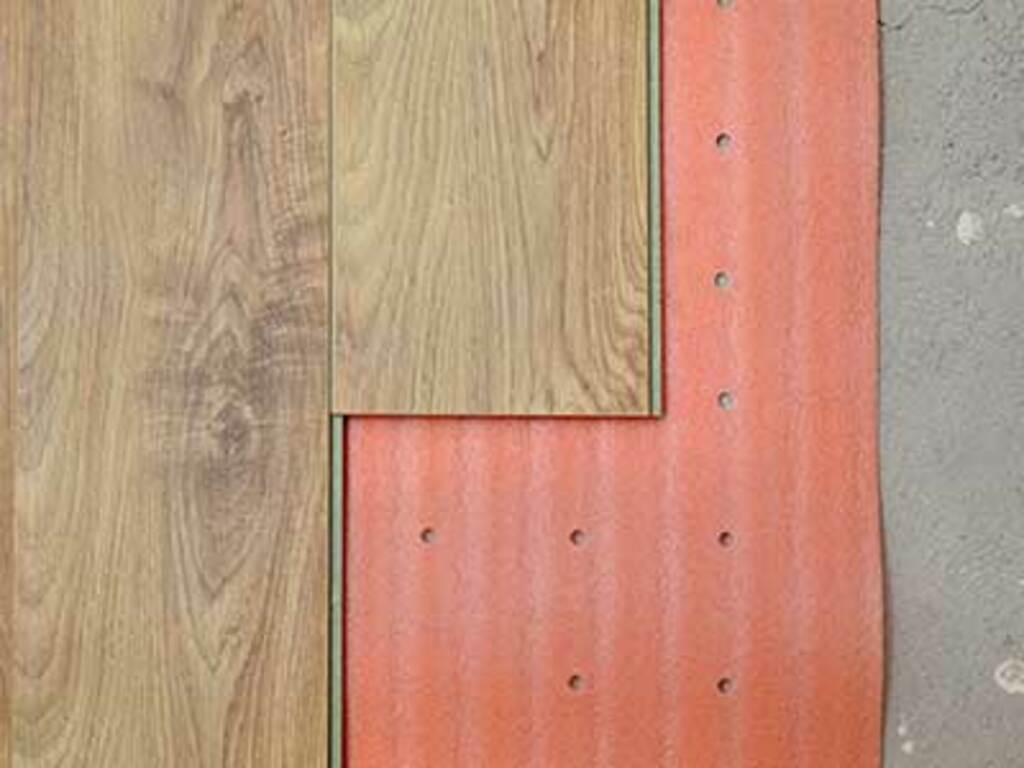 When choosing underlay for your flooring, there are additional features and considerations to take into account. These factors can enhance the performance, functionality, and sustainability of your underlay choice. Here are some key points to consider:
When choosing underlay for your flooring, there are additional features and considerations to take into account. These factors can enhance the performance, functionality, and sustainability of your underlay choice. Here are some key points to consider:
Vapour barrier properties
In areas prone to moisture, such as basements or bathrooms, consider underlay with built-in vapour barrier properties. A vapour barrier helps to prevent moisture from seeping through the underlay and reaching the flooring material, protecting it from potential damage and preserving its lifespan.
Anti-microbial and hypoallergenic properties
For those with allergies or sensitivities, look for underlay options with anti-microbial and hypoallergenic properties. These features help inhibit the growth of mould, mildew, and bacteria, promoting a healthier indoor environment and reducing the risk of allergic reactions.
Environmental considerations
If sustainability is a priority, explore underlay options that are eco-friendly and made from recycled or renewable materials. Many manufacturers offer underlay products that are certified as environmentally friendly, ensuring minimal impact on the environment.
Ease of installation and compatibility
Consider the ease of installation when choosing underlay. Some underlay options come with adhesive strips or have self-adhesive properties, simplifying the installation process. Ensure that the underlay is compatible with the flooring product you have chosen, as different flooring materials may require specific underlay characteristics or installation methods.
Underlay warranties and quality considerations
Check the warranties offered by underlay manufacturers, as they can provide reassurance of the product's quality and durability. Look for underlay that meets industry standards and has undergone quality testing to ensure its performance and longevity.
It is recommended to consult with flooring professionals or manufacturers to gain further insights into additional features and considerations specific to your flooring type and needs. They can provide guidance on the most suitable underlay options based on your preferences and requirements.
Call Flooring Centre today at 020 88309787 to speak with our flooring professionals and discover the perfect underlay for your flooring needs. Maximize performance, comfort, and longevity while enhancing sound insulation and addressing moisture resistance. Make an informed decision and elevate your flooring experience with the right underlay.